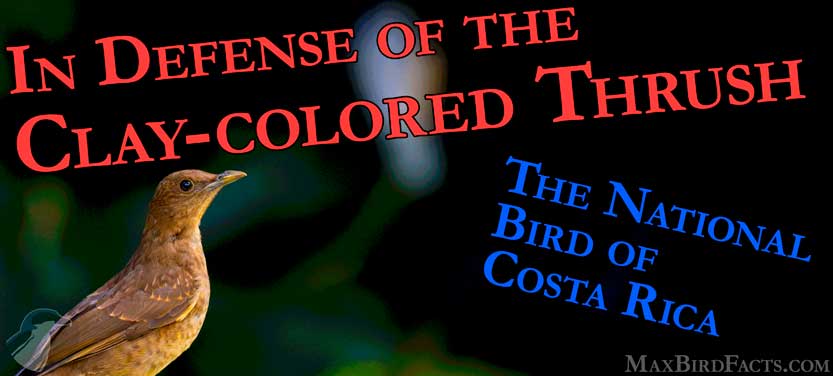It may surprise you to learn that Costa Rica’s national bird is the Clay-colored Thrush. With options such as the Fiery-billed Aracari, Resplendent Quetzal, Snowcap, or any other bird that people flock to Costa Rica to see, it may seem odd that this simple songbird was selected as their representative.
However, the reason this rather drab-looking songbird portrays one of the most avian diverse countries in the world makes more sense when you learn its story and importance to the locals.
The journey I made while researching this topic hit particularly close to home on some of my opinions on what bird should represent my home state, Florida. For the most part, my opinion hasn’t changed, but now, with the context of the Clay-colored Thrush’s value to Costa Ricans, I can better understand the opposing side’s objections.
So, let’s dive into why the Clay-colored Thrush is Costa Rica’s national bird!
Facts about the Clay-colored Thrush
Before discussing why the Clay-colored Thrush became Costa Rica’s national bird, let’s learn more about the bird itself.
The Clay-colored Thrush is a familiar species throughout Central America, parts of Mexico, and northwestern South America. Its range even extends into parts of southern Texas in the United States.
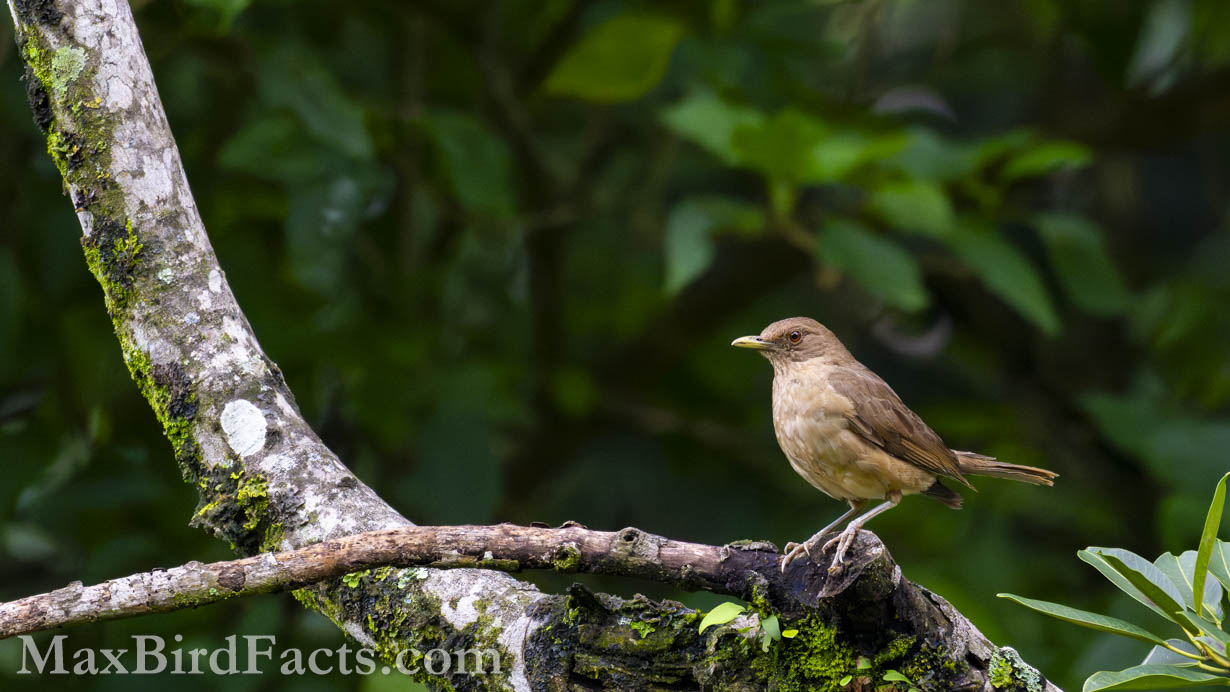
Preferring semi-open environments, this bird is perfectly at home in sparse woodlands and around the edges of human settlements. Unlike some other neotropical thrushes, the range of the Clay-colored Thrush is rather flexible on its preferred elevation, being comfortable anywhere from the coast all the way to 7,900 feet above sea level.
Its plumage is also exceptionally useful for its lifestyle. Having a name that perfectly represents its coloration, the earth-tones of the Clay-colored Thrush’s plumage allow it to blend perfectly with the soil as it forages on the ground. Even perched in a tree or branch, its darker-colored back helps it from being spotted from above, while its lighter belly allows it to blend in from below.
The Clay-colored’s primary diet consists of insects supplemented with fruits. In fact, one of the most fascinating behaviors recently studied with this species was their knowledge of following army ants to spot any insects trying to evade their charge.
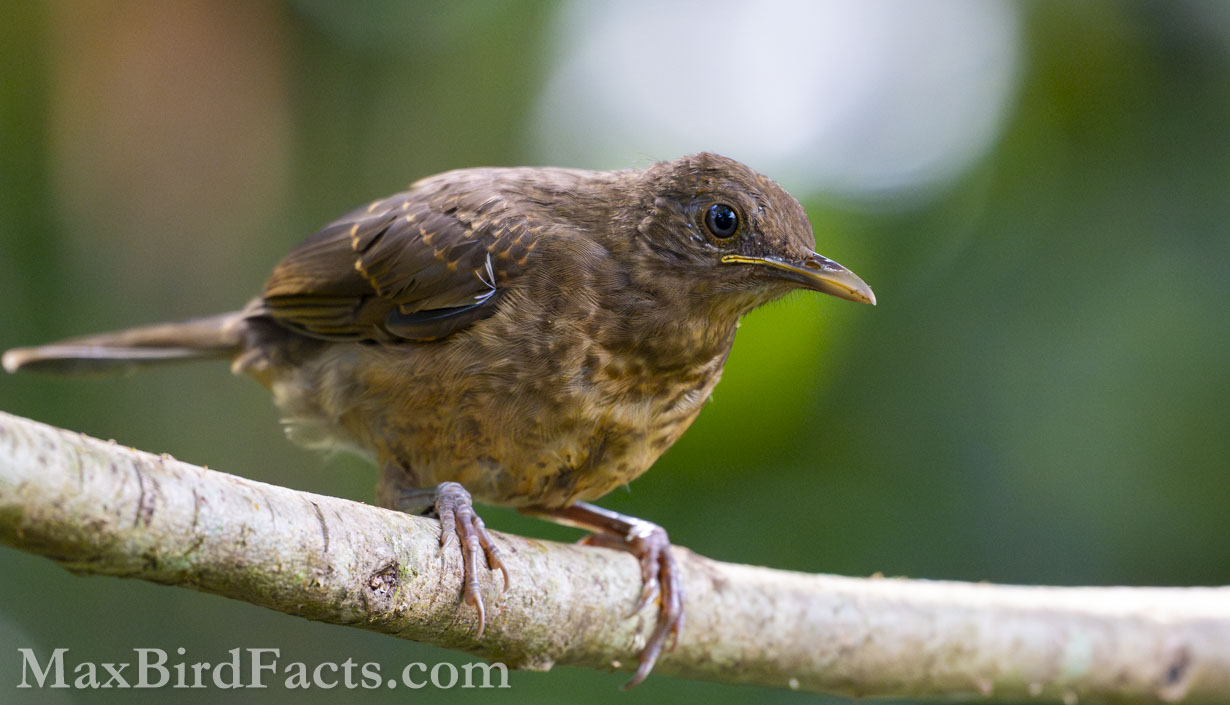
This behavior shows a level of intelligence in understanding that the value of the food these ants’ presence will create is potentially greater than the nutrition they would be worth by eating the ants themselves.
This flexibility with habitat, elevation, and diet allows this thrush to thrive across nearly the entirety of its range, particularly where many of its relatives might struggle.
Being roughly the size of its North American cousin, the American Robin, and sharing its exceptionally friendly spirit, the Clay-colored Thrush has been an obvious neighbor among the people of Costa Rica for countless generations.
One of the older common names of this bird even reflects this similarity, being called the Clay-colored Robin for a long time before having its name switched to what we currently use.
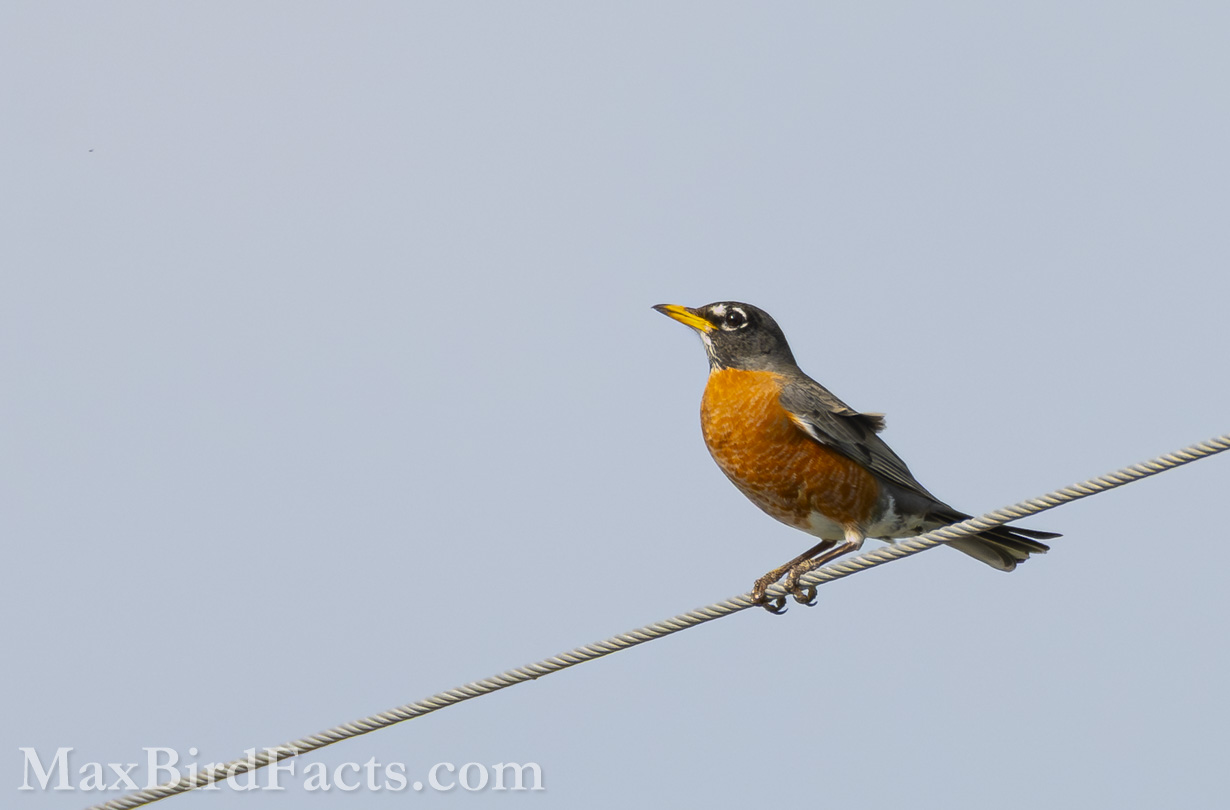
Now, with a better understanding of this wonderful songbird, let’s discover why the Clay-colored Thrush became Costa Rica’s national bird.
Singing in the Rain
As discussed previously, due to the Clay-colored Thrush’s preference for sparse woodlands, their territories often overlap with small towns and villages.
Because of this, people have spent hundreds of years growing alongside this songbird. In return, the bird has grown little fear of humans, and isn’t shy about roaming nearby to forage and sing.
In fact, this song became an essential signal to Costa Ricans that it was the best time to plant their crops. The mating season of the Clay-colored Thrush perfectly overlaps with the rainy season of Costa Rica, and they begin to sing just before the spring rains arrive.
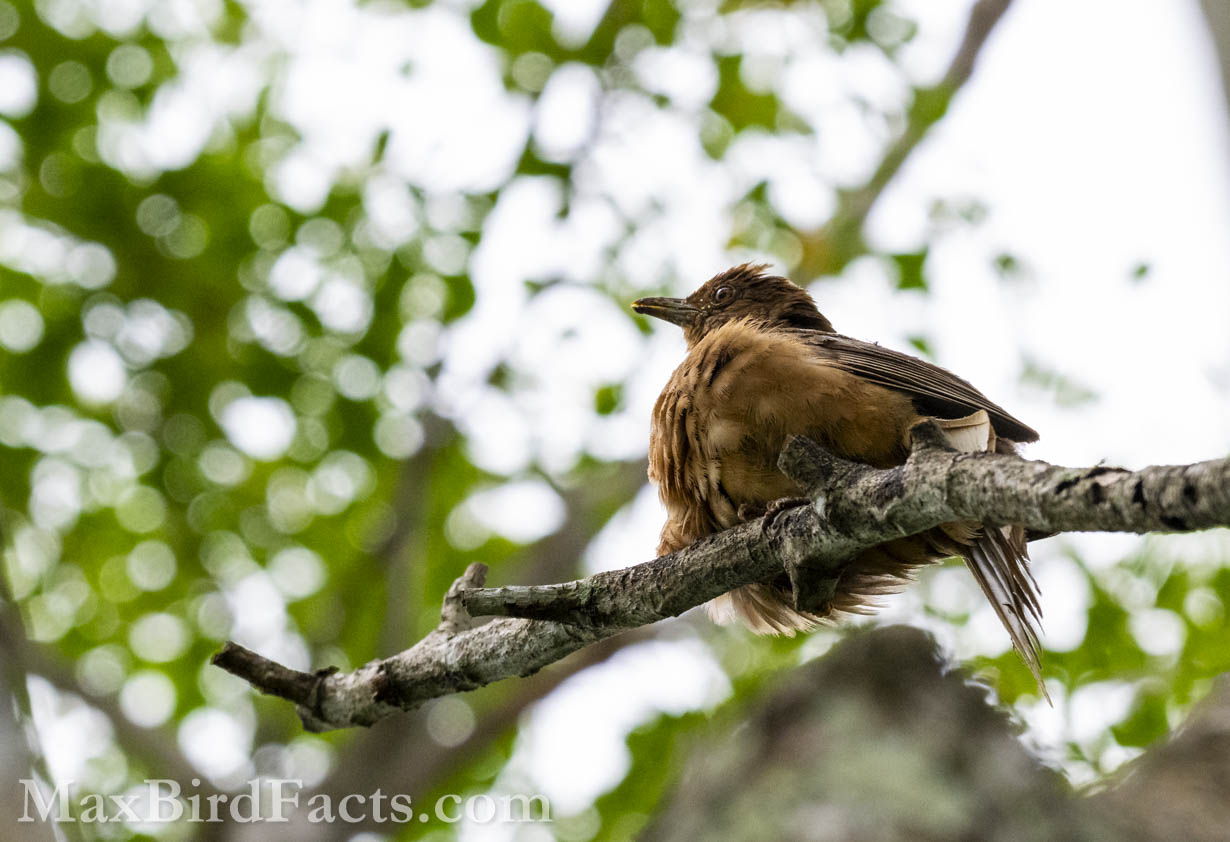
Humans are exceptionally well-suited for seeing correlations and drawing conclusions. So, the idea that people would see the connection between a bird’s song and the beginning of the rains they need for their crops, and begin to use this song as a cue for the best time to plant their seeds, isn’t too difficult to imagine.
Having this signal to know the best time to plant has been vital for people to optimize how much they can grow during the season; too early and the seeds and sprouts will dry up; too late and they miss days of potential growth.
This characteristic alone was the primary reason the Clay-colored Thrush was named Costa Rica’s national bird in 1977.
Without this relationship between the Clay-colored Thrush and the farmers of Costa Rica, this plain-looking bird would be nothing more than another unassuming bird among the hundreds of species in this country. However, the cultural significance of this thrush is quite surprising once you begin to see it.
The local name of the Clay-colored Thrush in Costa Rica is El Yigüirro, which is an onomatopoeic name emulating the bird’s song calling the spring rains. There are even local legends and folk tales that postulate the Clay-colored Thrush’s songs themselves bring the life-giving rains the farmers need.
It’s very clear that the people of Costa Rica hold the Clay-colored Thrush in high regard among their numerous examples of avifauna, and there is something extremely wholesome about their honoring this simple bird.
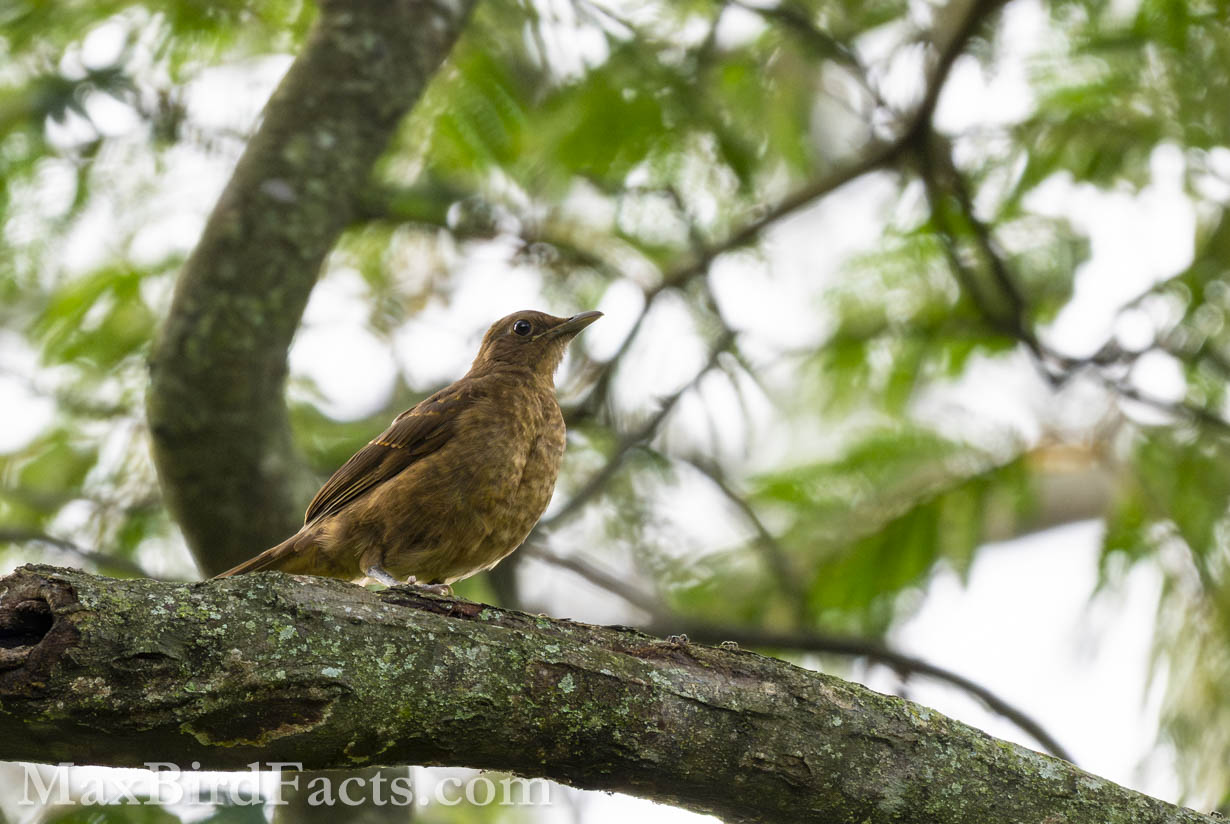
The Importance of Common Birds
As I said at the beginning of this article, I could easily relate to having a seemingly boring bird representing my area. Like the Clay-colored Thrush’s ubiquity in Costa Rica, the Northern Mockingbird is everywhere in Florida, and is our state bird.
While my opinion that this selection is misplaced hasn’t changed, I can understand why some people admittedly defend the mockingbird’s continuation as Florida’s representative.
Like the thrush, the mockingbird is commonly seen where people are present, supremely self-assured, and easily seen and heard by anyone nearby. These are the primary reasons supporters of the Northern Mockingbird utilize when defending it.
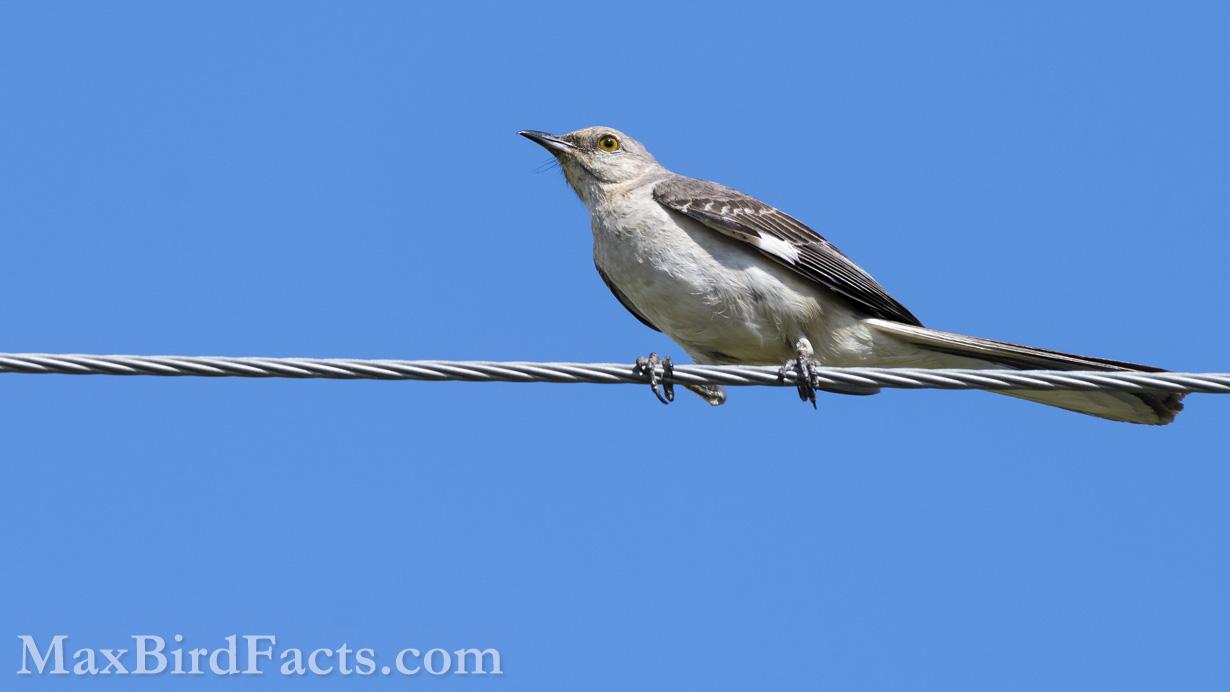
However, when faced against a vulnerable, endemic species like the Florida Scrub-Jay, I don’t think any argument could sway me into believing the Northern Mockingbird is the right choice for Florida’s state bird.
My primary reason is that I believe the Florida Scrub-Jay should be our state bird because this animal is found nowhere else on Earth, and the habitat it requires to survive only makes up a tiny percentage of the state. With the Scrub-Jay becoming Florida’s state bird, this would create a push to ensure the protection and conservation of their native oak scrub habitat, consequently protecting another hundred endemic species that rely on it, just like the Scrub-Jays.
Naming the Florida Scrub-Jay as Florida’s state bird would also increase the public awareness of the native wildlife Florida has to offer. I can’t tell you the number of times I’ve asked other birders if they’ve seen Scrub-Jays before, and been told they didn’t even know this bird existed.
Considering that people who are already interested in birds aren’t aware of a species found nowhere else on our planet, but it is just a thirty-minute drive away, I can’t imagine that the general population has any clue about their existence.
While the Northern Mockingbird is an excellent bird, and it is very easy for the general public to see on a daily basis, whether they’re in a city, town, or more rural area, it doesn’t necessarily push people to learn more than just what bird it is they see perched on a powerline or fencepost.
Changing the state bird from the mockingbird to the Florida Scrub-Jay could be a way to encourage more people to get more acquainted with Florida’s nature and explore places they wouldn’t otherwise know about.
And this is where I saw the connection and dissimilarity between the Clay-colored Thrush and the Northern Mockingbird. While both are easy-to-find birds, and virtually everyone can enjoy them in their respective ranges, I don’t feel like Floridians have anywhere near as strong a connection to the mockingbird as Costa Ricans have to the Clay-colored Thrush.
There is an evident pride in Costa Rica for their national bird, but I don’t feel there is even an inkling of this same attitude in Florida for our state bird. By selecting a bird that we can point to and show is a Florida specialty, encompassing tenacity, intelligence, and charisma, we could harbor a similar love for our avian representative.
Now You Know Why the Clay-colored Thrush is Costa Rica’s National Bird!
While their country is one of, if not the most species-dense in the world of birds, with exceptional species like the Keel-billed Tucan, the critically endangered Bare-necked Umbrellabird, and dozens of endemic birds, it’s easy to understand why the Clay-colored Thrush is the national bird of Costa Rica.
From its friendly disposition, rain-bringing song, and neighborly companionship, this bird has been a friend to the people of Costa Rica for hundreds of years, and will continue to be for many, many more.
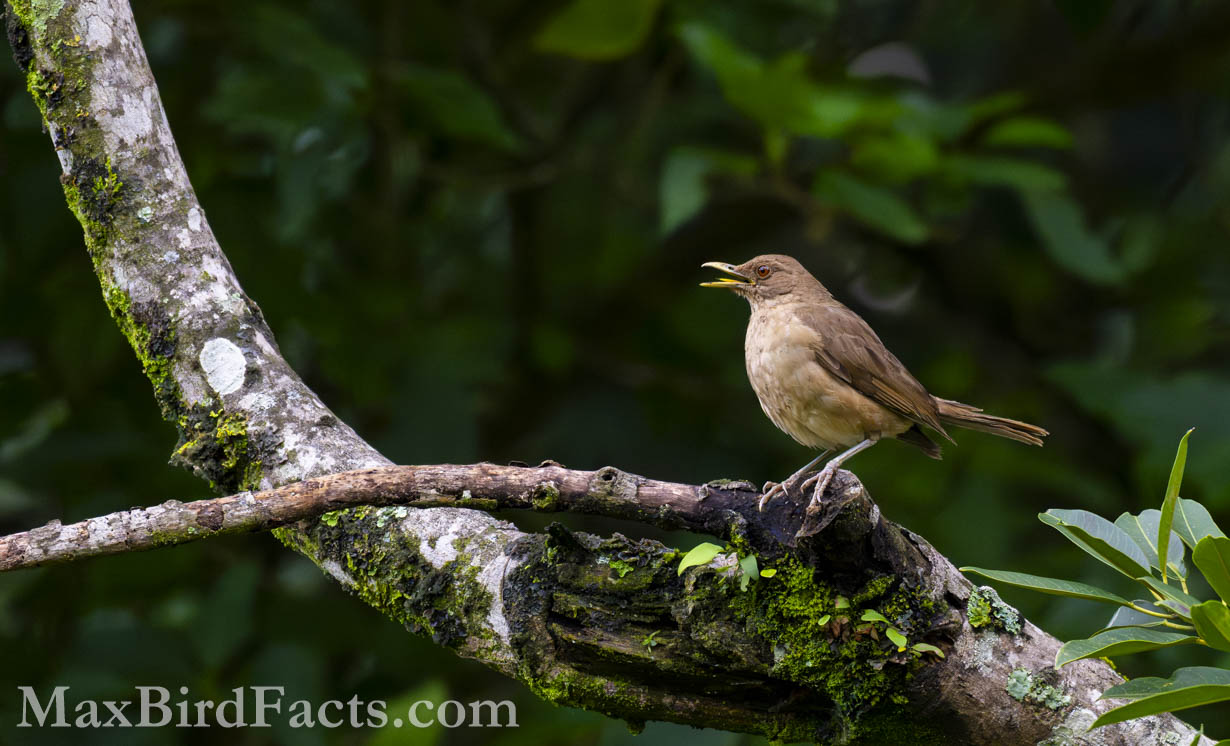
This topic also triggered a connection with my argument on the necessity to question Florida’s bird. If Floridians had a similar connection to the Northern Mockingbird as Costa Ricans have to the Clay-colored Thrush, I could see a more compelling argument as to why it should remain Florida’s state bird.
However, after hours of research and looking for an explanation pointing to why the mockingbird was initially selected, I still cannot find any more reason besides its ability to sing around two hundred songs and strong parental behaviors. While these are exceptional, I don’t see how this makes the Northern Mockingbird a good representative of Florida.
Compare this to our Florida Scrub-Jay, which shows remarkable parental care, intelligence, and perseverance. In my opinion, this brilliant blue bird better represents the Sunshine State and its people..
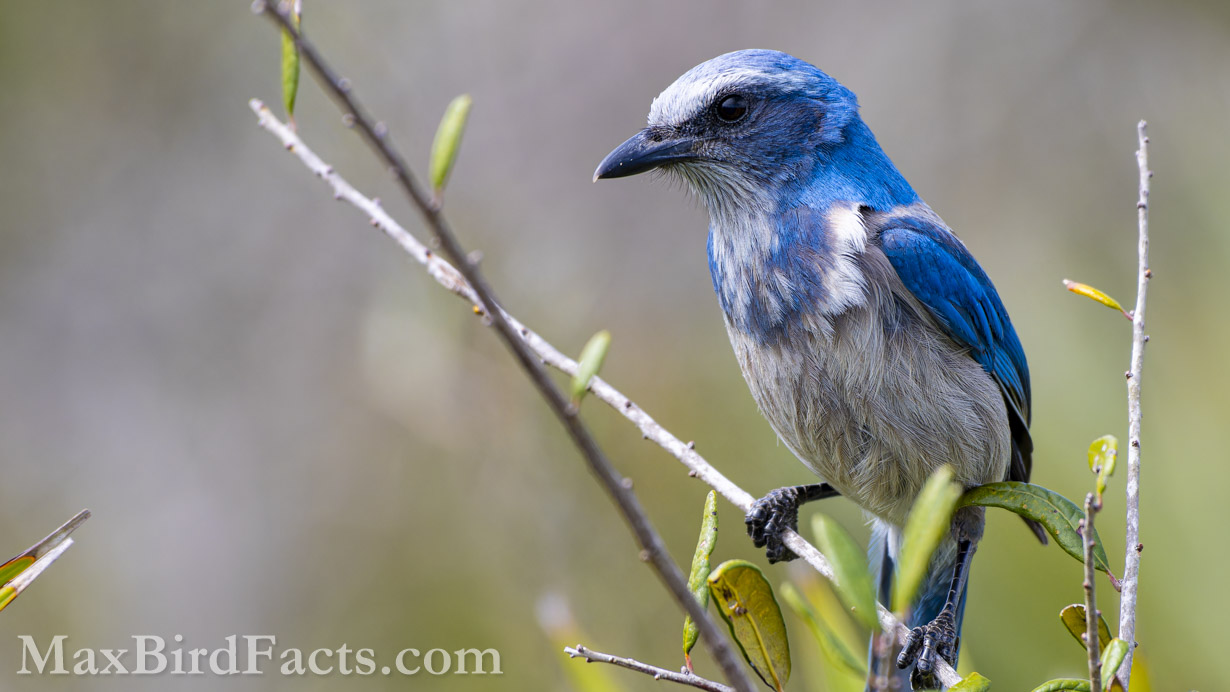
While it isn’t a perfect one-to-one comparison, it was gratifying to learn more about this topic and understand why some birds that might not seem as flashy are still important to many people who depend on them in ways we might not have previously considered.
Thank you for taking the time to read this article and allowing me to indulge in my ongoing debate for the Florida Scrub-Jay to become Florida’s state bird.
If you have ideas or suggestions for topics you would like me to write about in the future, feel free to leave a comment below or email me!
If you enjoyed this article, please subscribe to my email list to be the first to know when I post new articles!
Get Outside & Happy Birding
Max
Discover more from Welcome to MaxBirdFacts.com!!!
Subscribe to get the latest posts sent to your email.
